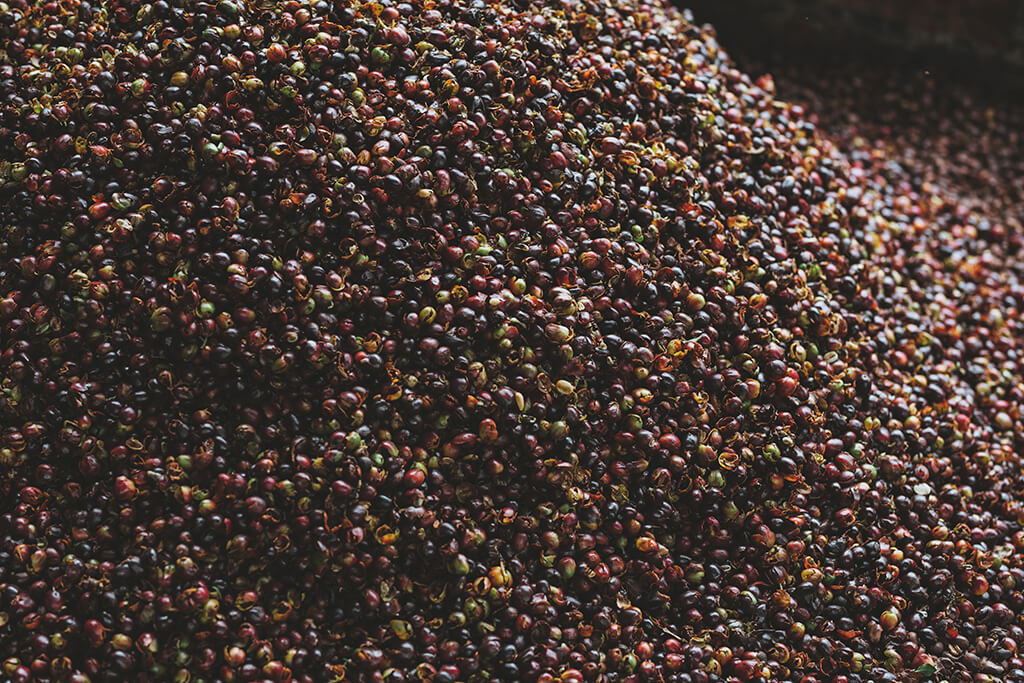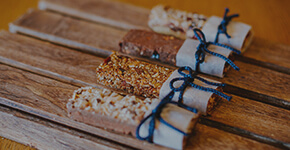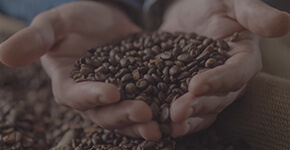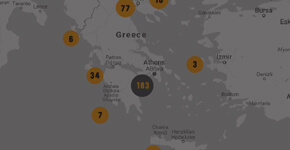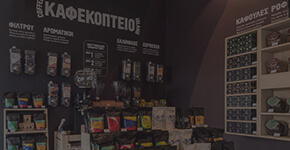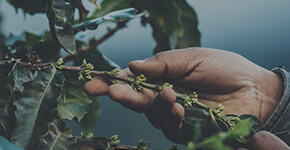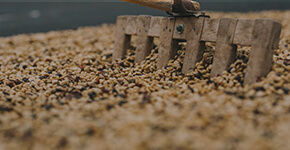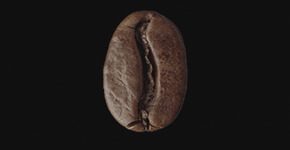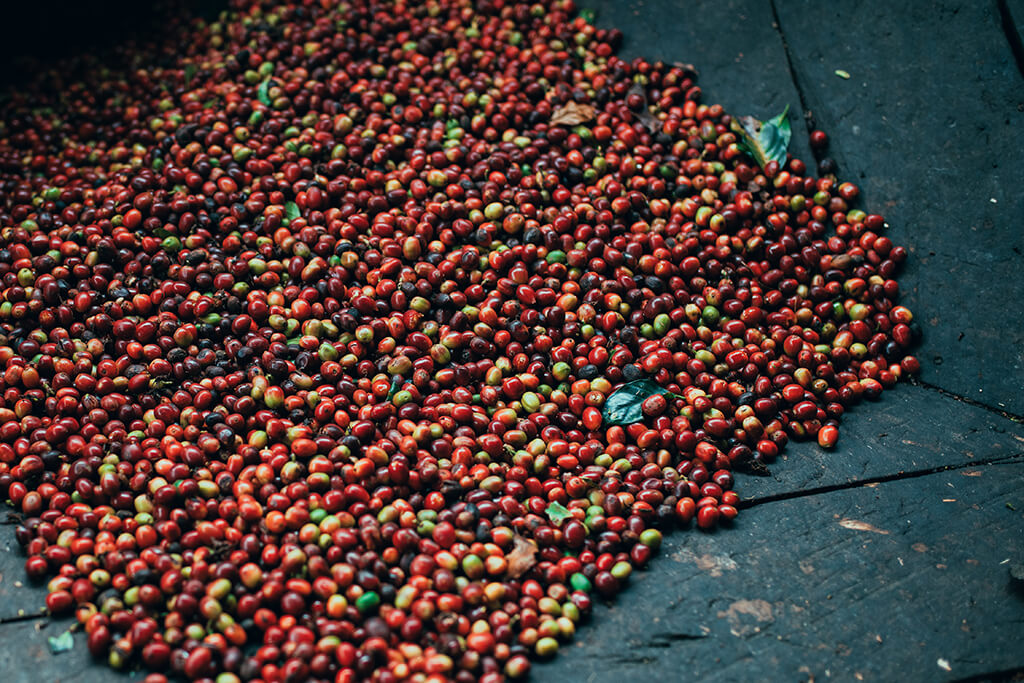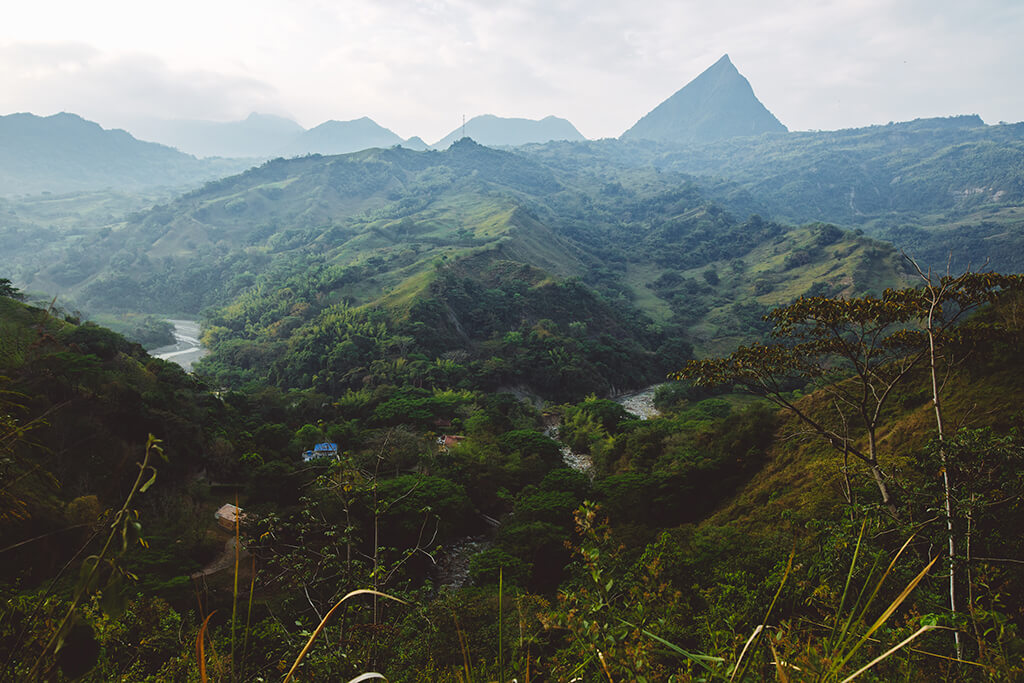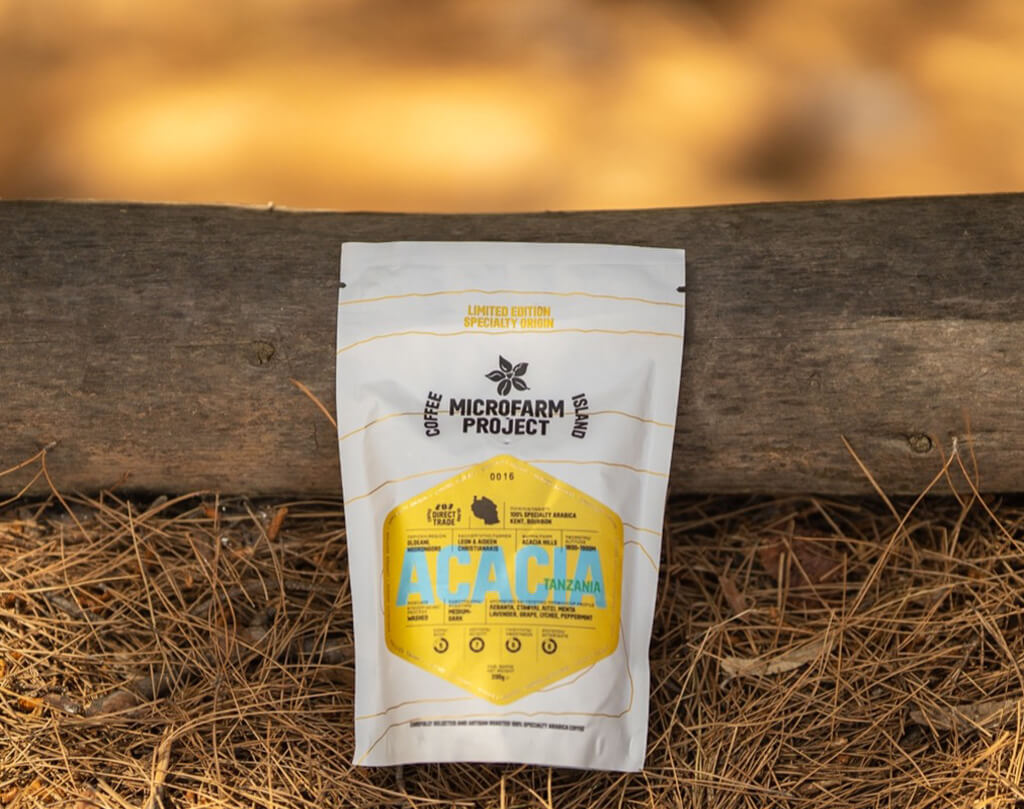Open your notebooks, put on your reading glasses and get ready to learn everything about coffee! You drink coffee every day – maybe more than once a day – but how much do you really know about this exotic fruit? If you don’t know everything about it, how do you know you’re making the right choice for you?
In order to find the coffee drink that meets your tastes and requirements, we must first answer a question: What exactly is coffee?
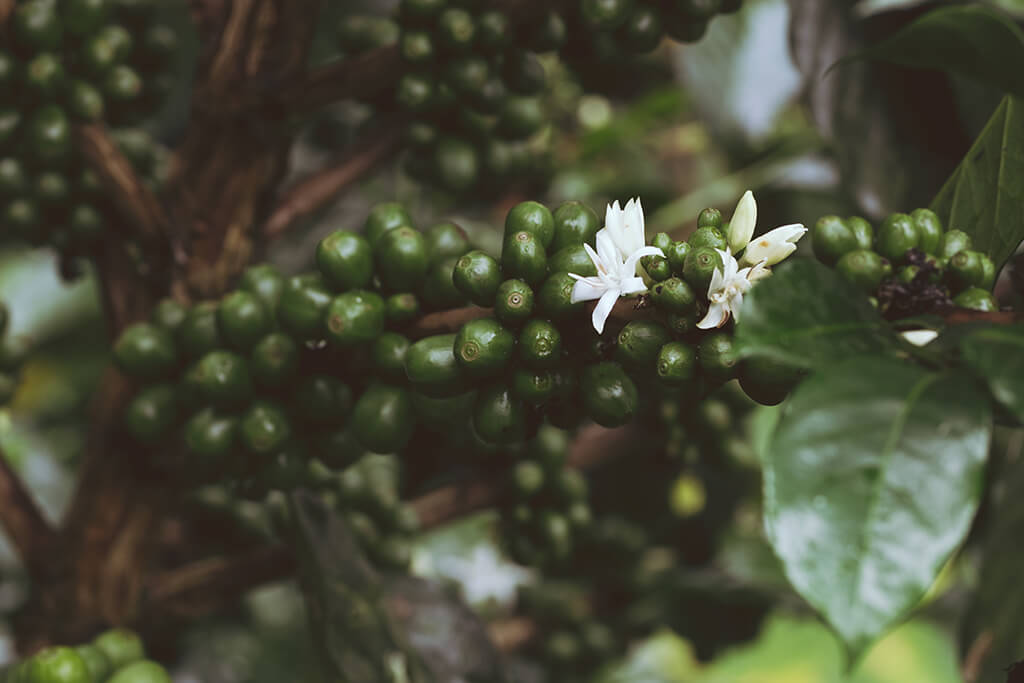
Let’s begin with a definition
Coffee: Is a cherry-sized fruit with a very sweet taste that is found on the branches of a coffee tree where the white flowers of the tree, reminiscent of jasmine, can be found alongside the unripe and ripe fruits.
How is coffee harvested? There are three different ways: sorting by hand, otherwise picking, pulling it off the tree’s branches, otherwise stripping, and finally mechanically using the appropriate machinery.
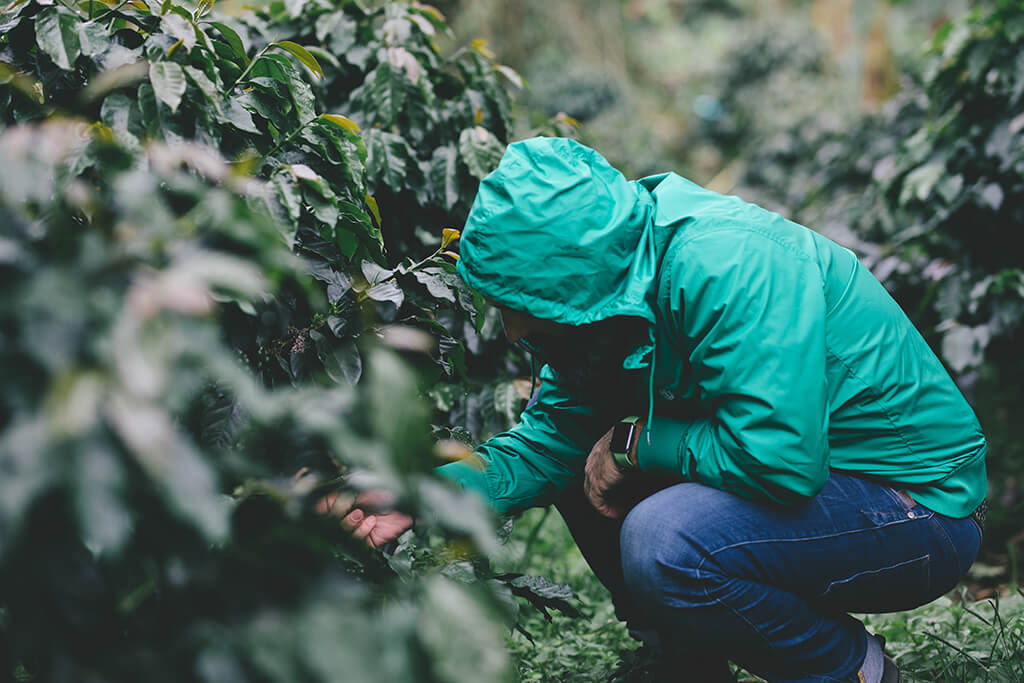
Let’s take off to the countries that produce coffee
The geographical location where coffee is grown is very important in terms of its quality. Coffee trees don’t thrive all over the world, in fact are optimal when grown in tropical climates. This is why the area around the equator, between the Tropic of Cancer and the Tropic of Capricorn, has been called the “Coffee Belt”.
Then, every country, every region within the same country and even altitude play an important role in the flavor profile of each coffee. For example, a coffee grown at high altitudes has more acidity and complexity in terms of its taste profile. In contrast, coffee grown at lower altitudes has more earthy aromas and flavors.
Arabica & Robusta: Two sides of the same coin
Let’s go find out! Arabica grows at high altitudes, while Robusta is mainly found in the plains. In terms of flavor profile, Arabica has good acidity, light body and aromas of flowers, citrus fruits and nuts. On the other hand, Robusta has less acidity, rich body, a bitter taste and earthy aromas.
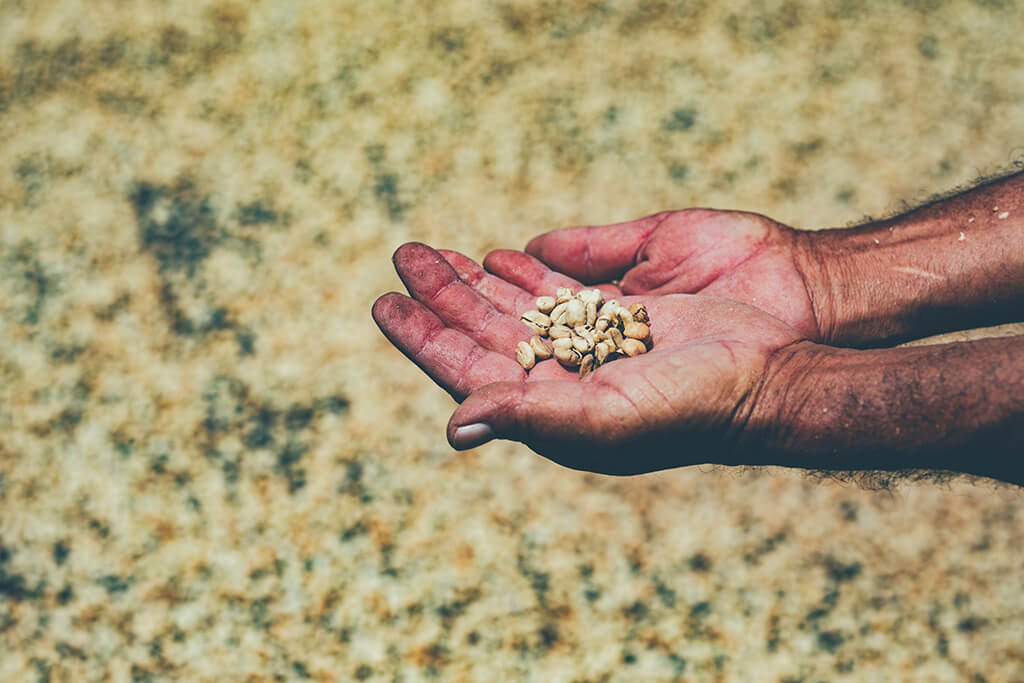
What do we mean by the term “variety”
Climate change and the environment create separate but often identical taste profiles. What this means is that different countries may produce coffee with the same flavor profile, while in the same country, we may come across coffees with different characteristics. This is how the varieties were created.
Variety is the name we give to a coffee grown in a specific geographical area which acquires its own unique flavor and aroma.
Although each variety’s fruit has a different size, shape, color and ripening, each one requires special care and experience, so by the time you drink the end product, the taste is unaltered.
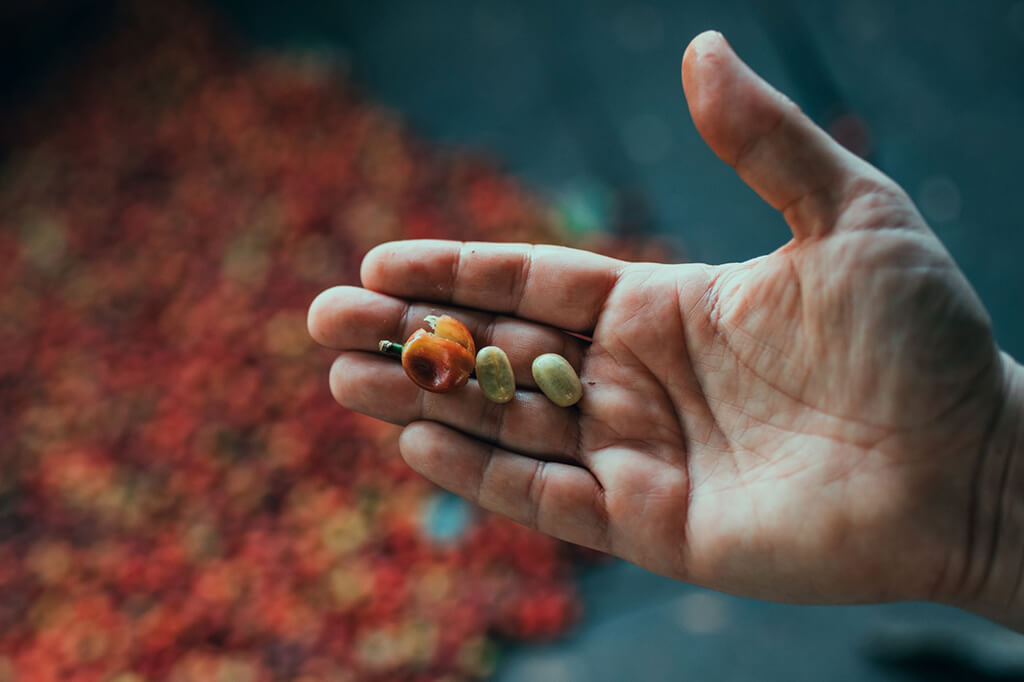
When it comes to coffee, we don’t throw away the pit
…known as the bean! Although one fruit usually contains two beans, there is a small part of the production that has only one, which the locals call “Pea Berry”.
The process of extracting from the fruit is not easy at all. This requires attention and care, and there are three separate treatment methods: dry, wet and semi-dry. Each of them gives the coffee bean a different flavor profile.
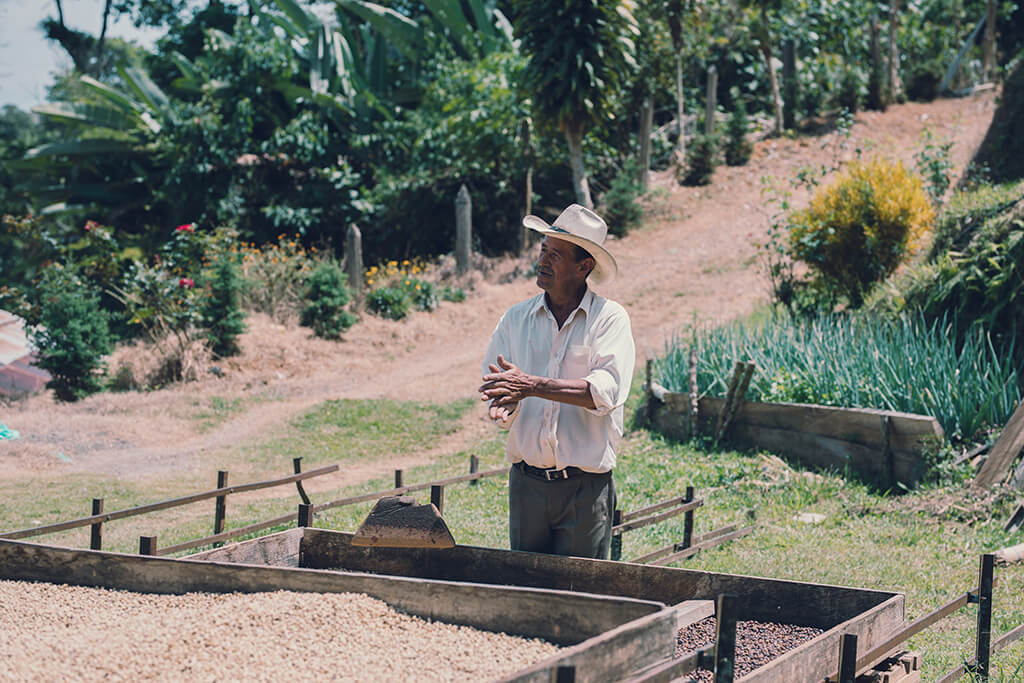
Let’s learn more about the process
The dry processing or otherwise natural/dry process is the traditional method when the fruit is left in the sun for drying to facilitate extraction.
In the wet method, the bean is extracted from the fruit using water. The fermentation stage in the liquid process contributes significantly to the flavor of the end product. Finally, semi-dry is a combination of the two above.
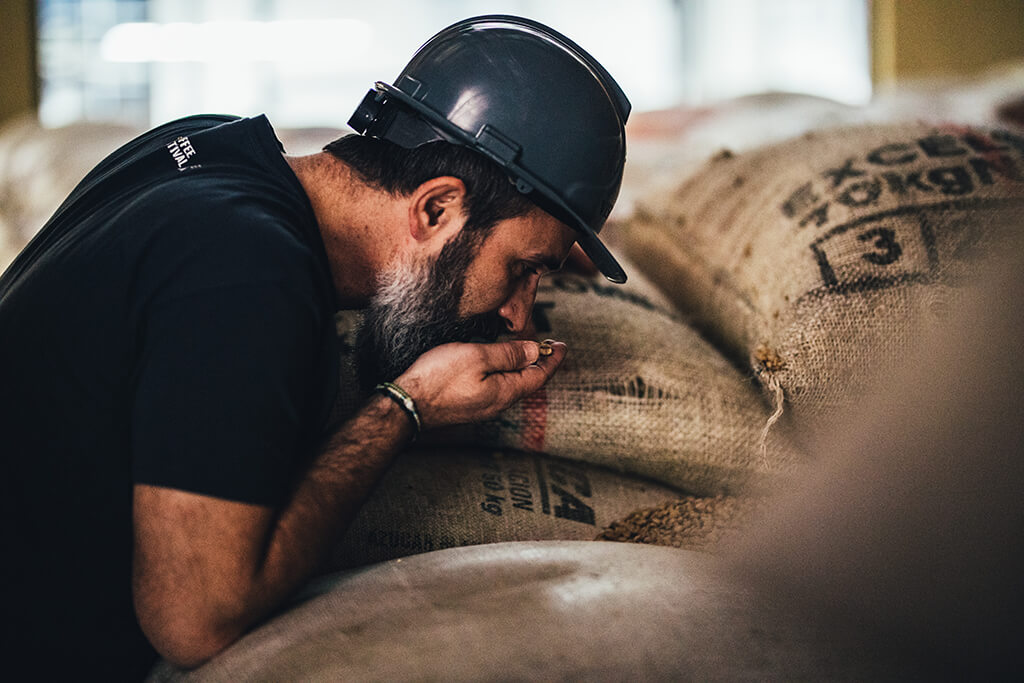
The lesson is over, time for tasting!
Go to a Coffee Island store and find the coffee that suits you!
Don’t forget…
To discover Coffee Island specialty coffee in our coffee stores or try it out directly from the hands of our baristi. Make sure you give it a try!
